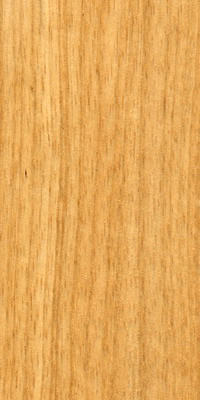

Limba, also commonly known as fraké, is an exotic wood species native to West and Central Africa. Not durable, it is mainly used for the manufacture of panels and plywood.

Terminalia superba
Family: COMBRETACEAE (angiosperm)
Commercial restriction : no commercial restriction
Limba is a large tropical tree reaching 50 m in height and 1.5 m in diameter. The bole, straight and cylindrical, has buttresses sometimes very developed. It is covered with a grey bark, first smooth in young trees, then scaly.
The tropical wood limba is an interior wood, which was widely exploited and exported in the 1970s. It is mainly used for interior joinery in the form of panels.
It can be used for the following purposes:
Structures and panels
Carpentry and interior fittings
Miscellaneous uses
The exotic species limba is found in the tropical regions of Africa. Its distribution area extends from West Africa (Sierra Leone, Liberia, Ivory Coast, Togo, Benin, Ghana, Nigeria) to Central Africa (Cameroon, Equatorial Guinea, Gabon, Central African Republic, Congo, western part of the DRC).
The tropical species limba is a deciduous species that grows in dense semi-deciduous secondary rainforests. Its seeds are dispersed by the wind.
Read the Tropix sheet of limba (CIRAD).
Sources :
use(s) for this species :